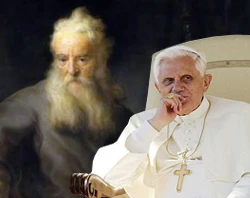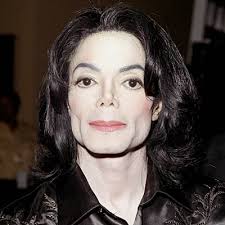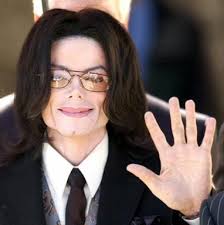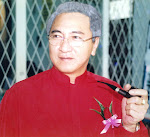By Wong Choon Mei, Suara Keadilan
In a bid to shore up flagging confidence in his leadership, Prime Minister Najib Razak removed a key pillar of the New Economic Policy with an announcement that firms seeking listing will no longer need to allocate 30 percent of their shares tobumiputera groups.
But while analysts cheered the move, they also said it would have muted impact given that it applied only to new listings and not existing companies.
“Overall, the message is good but the impact may be muted. It will take more than this to revive investor confidence in Malaysia,” said Azrul Azwa, economist at Bank Islam.
“It is not just about lowering protectionist barriers but also about raising the integrity of our judiciary and the independence of our institutions. How good our system is will be every bit as important. Even if foreigners return, they will insist their contracts are signed in Singapore or another country and this is a shameful indictment on our federal government.”
A highly abused NEP
Under the NEP launched in 1971 to eradicate poverty, a raft of rules were put in place to protect Malay and indigenous groups and ensure that they were not left out in the nation’s economic growth. But since then, high-level corruption by top government leaders themselves have resulted in widespread abuse of the policy’s implementation.
Meanwhile, the scandal-hit and under-performing Najib may have found himself with little choice but to further liberalise the market.
Due to receive a bad report card from all round after a hectic three months in office that has yielded little constructive result, the 55-year old PM has been resorting to big announcements with limited impact to reduce the growing public dissatisfaction with his administration.
“This is a good move for the long term. But note that it extends only to new listings, so don’t expect sell-downs in Tenaga or Telekom or other government-linked companies to non-bumi groups,” said Azrul.
“I don’t think there will be much backlash from the ordinary Malays although some of the bigger beneficiaries may instigate some protest. But to the ordinary bumi folk, the feeling is that they don’t enjoy anything anyway under the NEP. It only helps the big boys. Might as well dismantle it.”
Meanwhile, in place of the 30 percent requirement, Najib announced that at least 50 percent of the public spread in a new listing must be given to the Malays and other indigenous groups.
Under current market rules, 25 percent of a company’s shareholding – called the free float or public spread – must be offered and held by ordinary investors.
“The world is changing quickly and we must be ready to change with it or risk being left behind,” Najib said in a speech to an investment conference on Tuesday.
“It is not a time for sentiment or half measures but to renew our courage and pragmatism to take the necessary bold measures to advance the national interests for the long term benefit of all Malaysians.”
Do we really need a new investment firm Ekuinas
The PM also announced other measures aimed at making the country a more attractive investment destination.
They include raising foreign ownership of stock brokers and unit trust management firms to 70 percent from the existing 49 percent. Foreigners will also be allowed to own 100 percent of fund management companies.
At the same time, Najib also cut the powers of the Foreign Investments Committee, announcing that FIC approval will no longer be required for purchasing property in Malaysia – whether residential or commercial.
“We can only achieve high income by creating more opportunities for growth rather than protecting our narrow turf.We can only achieve our social equity goals by expanding the pie,” Najib said.
The PM also raised eyebrows by announcing the establishment of Ekuiti Nasional Berhad or Ekuinas, a new investment institution to promote the participation of bumiputera groups,
“We already have PNB. Then, there are the state-run investment arms, at national level, there is also Khazanah, Valuecap,” said a head of reasearch at a bank-backed brokerage.
“Why another one? It will only split up resources. If there is dissatisfaction about the performance of the existing ones, the solution is to change the management and not set up a brand new institution. This can lead to even more losses requiring fresh government allocations. It is something Malaysians need to scrutinize. Who benefits and how we can be sure they are accountable to the public for their investments.”
Adapted from m2day
Related Reading on this isue.














.jpg)


